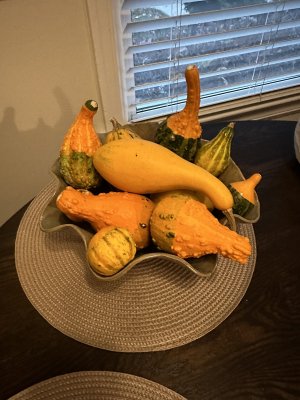Thanks man. It's good someone else tries it too. There are some I don't talk about as much, but I've found native on my land that I'd like to try to push into my plots as well. I've tried Willowherb, but that stuff is like $30/oz. I got a few plants to take here and there.
Check out the deal on Epilobium glandulosum at Prairie Moon Nursery

www.prairiemoon.com
I want some tall buttercup seed, but apparently that is considered "weedy" and nobody sells it. It comes up in my plots naturally. Good flowering plant, and deer browse it a little in late summer. It gets a good stem on it too, so I'd imagine it has some good below ground functions. Also a very long bloom period, and the bees work it all summer.
Skullcaps, swamp aster, jewelweed, all out there naturally. If I could get my hands on big quantities of jewelweed, I'd be pushing that hard. But at $120/oz, it ain't happening.
I've got more demolition and reclamation to do next year. I wanna tweak the leading blend again this year, and only use balansa and alfalfa for legumes. Don't wanna push anymore sweet clover until I can see what it does in year 3.


